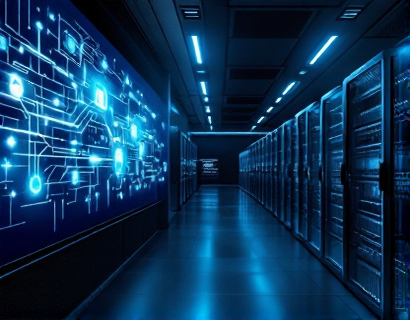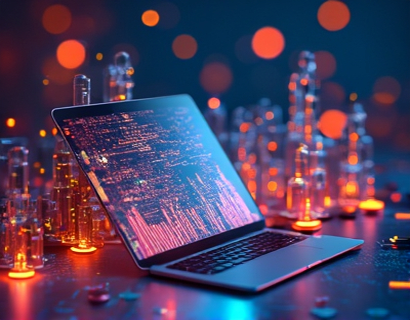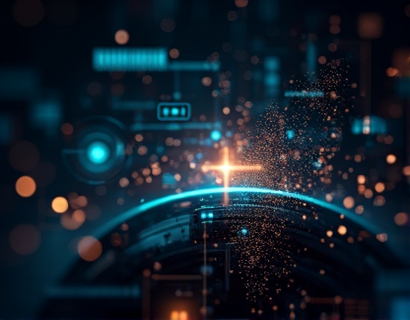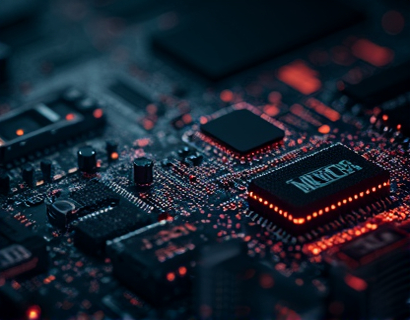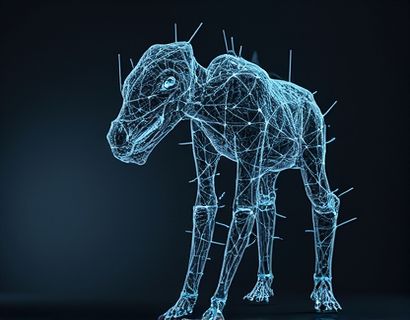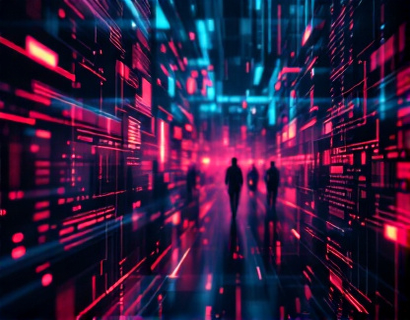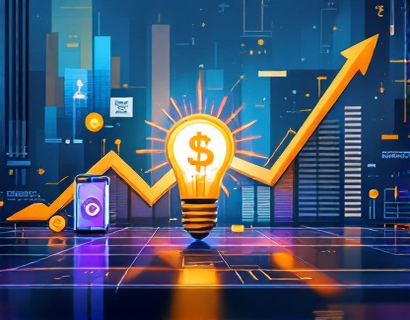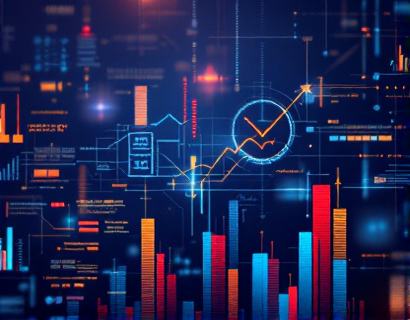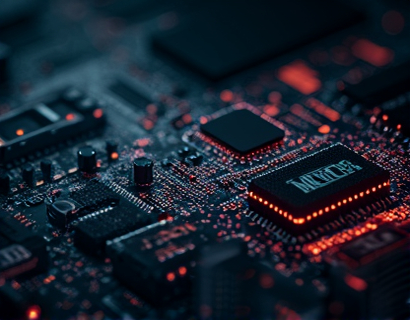Revolutionizing Productivity: The Synergy of Crypto and AI
The intersection of cryptocurrency and artificial intelligence (AI) is giving rise to transformative technologies that are redefining productivity for tech enthusiasts and early adopters. This article delves into how a cutting-edge platform is leveraging these two powerful forces to create an advanced ecosystem that simplifies and enhances daily tasks. By merging the decentralized potential of crypto with the intelligent capabilities of AI, this platform offers a suite of applications designed to streamline workflows and boost efficiency.
Understanding the Basics: Crypto and AI
To fully appreciate the impact of this fusion, it's essential to understand the fundamentals of both crypto and AI. Cryptocurrency, a digital or virtual currency, uses cryptography for security and operates on a decentralized network, typically a blockchain. This technology ensures transparency, immutability, and security in transactions without the need for intermediaries like banks.
Artificial intelligence, on the other hand, involves the simulation of human intelligence processes by machines, particularly computer systems. These processes include learning (the acquisition of information and rules for using it), reasoning (using rules to reach approximate or definite conclusions), and self-correction. AI can operate autonomously or as an assistive technology, enhancing human capabilities in various domains.
The Emergence of Crypto and AI Synergy
The convergence of crypto and AI is not merely a coincidence but a natural evolution driven by the complementary strengths of both technologies. Crypto provides a secure, transparent, and decentralized framework, while AI brings intelligent automation and data-driven insights. When combined, they create a powerful toolset for developing innovative applications that can revolutionize productivity.
Enhanced Security and Trust
One of the primary benefits of integrating crypto with AI is the enhanced security and trust it offers. Blockchain technology ensures that data is tamper-proof and transparent, which is crucial for applications that handle sensitive information. AI can further bolster security by detecting and mitigating threats in real-time, adapting to new patterns of malicious activity as they emerge.
For early adopters, this means using applications that not only perform tasks efficiently but also protect their data and privacy. Whether it's secure communication tools, encrypted storage solutions, or transparent transaction platforms, the synergy of crypto and AI ensures a robust security framework.
Intelligent Automation and Efficiency
AI-driven automation is a game-changer in boosting productivity. Traditional tasks that require manual intervention can be automated, freeing up time for more strategic and creative work. In the context of a crypto and AI ecosystem, these automation tools can manage complex operations such as smart contract executions, decentralized finance (DeFi) transactions, and cryptocurrency portfolio management.
For instance, an AI-powered bot can monitor market trends, execute trades based on predefined criteria, and adjust strategies in real-time. This level of automation not only saves time but also reduces the risk of human error, ensuring more consistent and reliable outcomes.
Personalized User Experiences
AI's ability to analyze vast amounts of data and derive meaningful insights can be harnessed to create personalized user experiences. In a crypto and AI ecosystem, this means applications that adapt to individual user preferences and behaviors, providing tailored recommendations and streamlined workflows.
Imagine an AI-driven dashboard that learns your daily routines and optimizes your task list accordingly. It can prioritize tasks based on urgency and importance, suggest efficient routes for commuting, and even manage your cryptocurrency investments by predicting market movements. This level of personalization enhances user satisfaction and productivity.
Decentralized Collaboration Tools
Collaboration is a critical aspect of modern productivity, and the integration of crypto and AI can significantly enhance collaborative efforts. Decentralized platforms powered by blockchain technology ensure that all participants have equal access to information and can contribute without central control.
AI can further improve collaboration by facilitating seamless communication, automating routine tasks, and providing intelligent insights. For example, an AI-powered chatbot can manage project discussions, summarize key points, and ensure that all team members are aligned. Smart contracts can automate payment processes and ensure that contributions are fairly rewarded, all while maintaining transparency and trust.
Data-Driven Decision Making
One of the most significant advantages of combining crypto and AI is the ability to make data-driven decisions. AI algorithms can analyze large datasets to uncover patterns, trends, and insights that would be impossible for humans to detect manually. In a crypto context, this means more informed investment decisions, risk assessments, and portfolio management.
For early adopters, this translates to access to advanced analytics tools that provide real-time data on market conditions, user behavior, and system performance. These insights can be used to optimize operations, identify new opportunities, and stay ahead of the competition.
Scalability and Flexibility
The scalability and flexibility offered by a crypto and AI ecosystem are unparalleled. As the technology evolves, new applications and services can be seamlessly integrated into the platform, ensuring that users always have access to the latest innovations. This continuous improvement cycle means that the platform can adapt to changing user needs and market conditions.
For tech enthusiasts and early adopters, this means a dynamic environment where they can experiment with new features, provide feedback, and contribute to the development of next-generation solutions. The decentralized nature of the platform also ensures that no single entity has control, promoting a more democratic and inclusive ecosystem.
Case Studies: Real-World Applications
To better understand the practical implications of crypto and AI synergy, let's explore a few real-world applications. One notable example is a decentralized content creation platform that uses AI to generate and curate high-quality content based on user preferences. The platform rewards creators with cryptocurrency tokens, ensuring a fair and transparent distribution of value.
Another example is a supply chain management system that leverages blockchain for traceability and AI for predictive maintenance. This system can track the movement of goods in real-time, predict potential bottlenecks, and optimize logistics, all while ensuring that transactions are secure and transparent.
Challenges and Considerations
While the potential of crypto and AI is vast, there are challenges and considerations that must be addressed. Regulatory uncertainty remains a significant hurdle, as governments worldwide are still grappling with how to regulate these emerging technologies. Early adopters need to stay informed about regulatory developments and ensure compliance to avoid legal issues.
Technical complexity is another factor. Integrating crypto and AI requires a high level of technical expertise, which can be a barrier for some users. However, platforms like the one described can provide user-friendly interfaces and educational resources to help users overcome these challenges.
Conclusion: Embracing the Future
The fusion of cryptocurrency and artificial intelligence is paving the way for a new era of productivity and innovation. By leveraging the strengths of both technologies, a cutting-edge platform is creating an ecosystem that simplifies and enhances daily tasks for tech enthusiasts and early adopters. As this field continues to evolve, those who embrace these advancements will be well-positioned to thrive in the digital landscape of the future.





